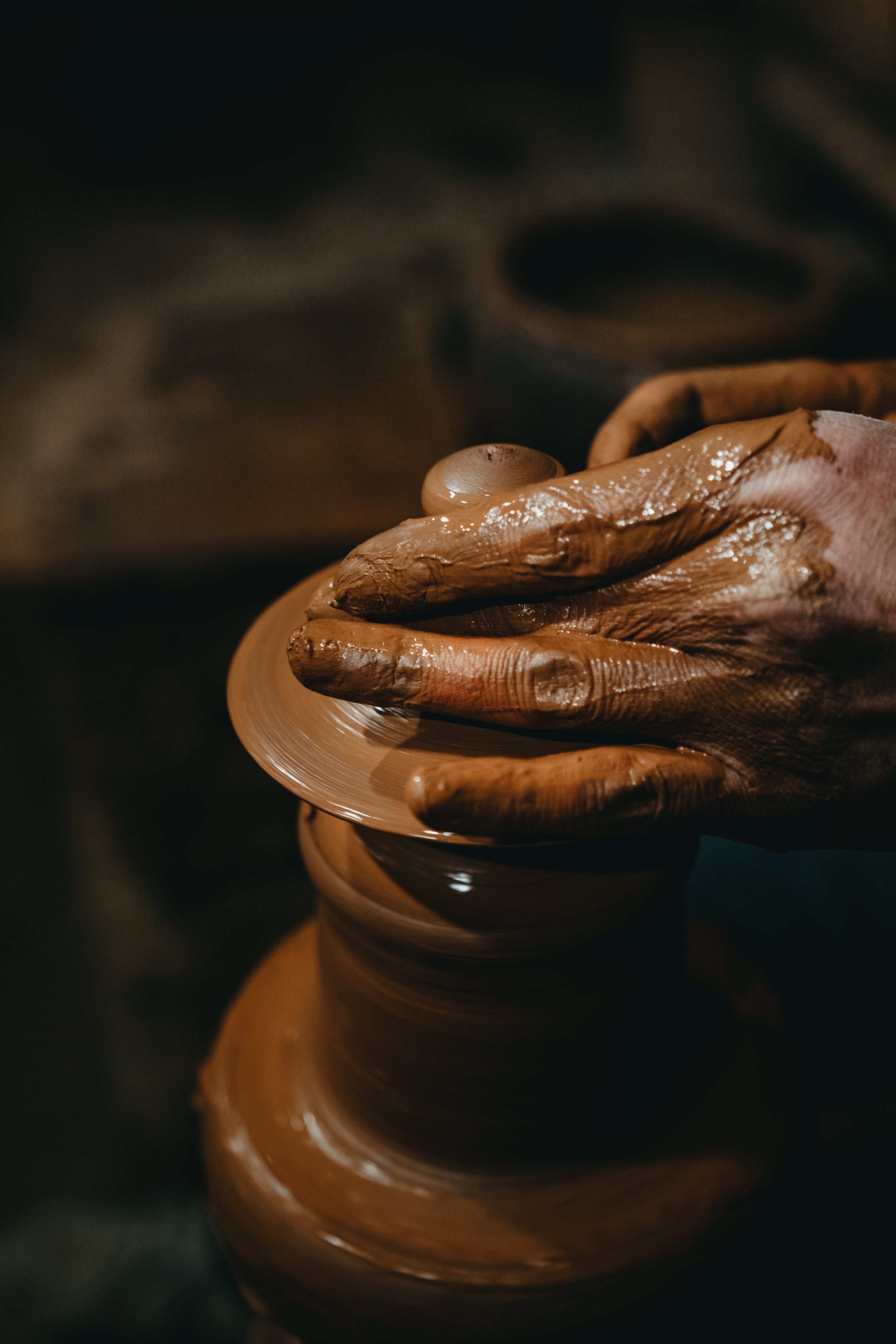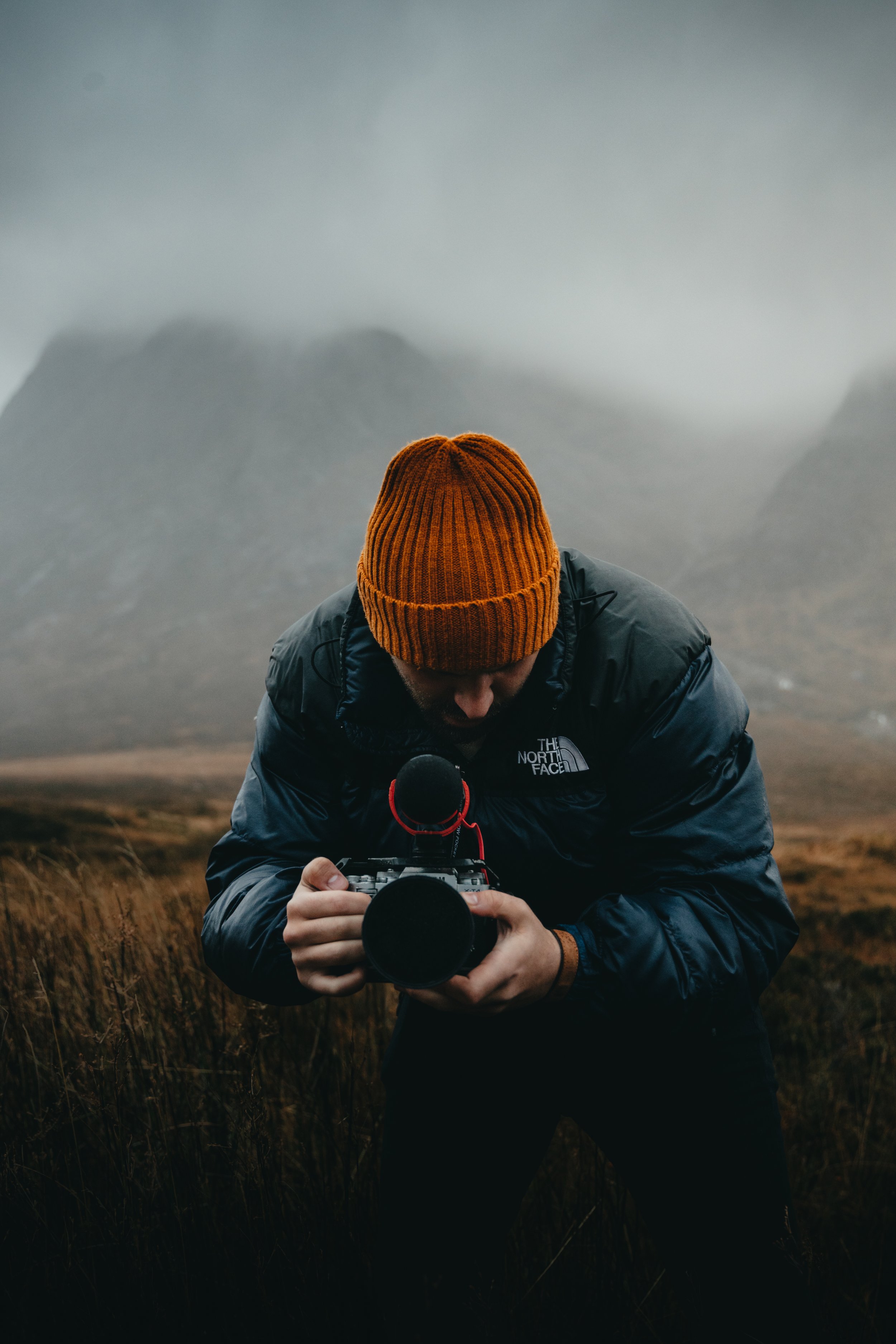The Psychology of Photography: Understanding How Your Photos Evoke Emotions
Photography is an art form that has the ability to evoke powerful emotions and tell compelling stories through visual imagery. But have you ever stopped to consider the psychology behind why certain photographs resonate with us more than others?
Understanding the psychological principles at play in photography can not only help us appreciate the art form on a deeper level, but can also inform the way we approach our own photography. From the use of color and composition to the role of memory and nostalgia, there are a wealth of fascinating psychological concepts at play in the world of photography. In this blog post, we'll explore some of these concepts and how they relate to the art of photography.
Color
Color is a powerful tool in photography that can have a significant impact on the emotional response of the viewer. Different colors can evoke different emotions and moods, and understanding the psychology behind these color associations can be incredibly useful for photographers. For example, warm colors such as red, orange, and yellow are often associated with energy, excitement, and happiness, while cooler colors such as blue and green are associated with calmness and tranquility.
In addition to the emotional impact of color, it can also be used to create contrast and depth in a photograph. For example, a brightly colored subject against a muted background can draw the viewer's eye and create a sense of depth in the image. On the other hand, a monochromatic image with varying shades of the same color can create a sense of unity and harmony. By understanding the ways in which color can be used in photography, photographers can create images that not only look visually stunning, but also have a strong emotional impact on the viewer.
Composition
Composition is another powerful tool in photography that can greatly impact the effectiveness of an image. The way in which elements are arranged within the frame can create a sense of balance, harmony, or tension, and can guide the viewer's eye through the image. For example, the rule of thirds is a common composition technique in which the image is divided into thirds both horizontally and vertically, and the subject is placed at one of the intersecting points. This can create a sense of balance and interest in the image, and can draw the viewer's eye to the subject.
Another important aspect of composition is the use of leading lines. These are lines within the image that lead the viewer's eye through the frame, and can create a sense of depth and movement. For example, a path or road that leads towards the horizon can create a sense of journey and exploration, while a series of diagonal lines can create a sense of tension and movement. By using these composition techniques effectively, photographers can create images that not only look aesthetically pleasing, but also have a strong visual impact and emotional resonance.
Lighting
The emotional impact of lighting in photography is profound, as it can directly influence the mood and tone of an image. The way in which light falls on a subject can create a range of emotional responses in the viewer, from warm and cozy to cool and somber. For example, warm and diffused light can create a sense of comfort and intimacy, evoking feelings of warmth and happiness. In contrast, cool and harsh lighting can create a more ominous and serious mood, evoking feelings of tension or unease.
Additionally, the use of light and shadow can also create a sense of drama and depth in an image, adding to the emotional impact. For example, a dramatic play of light and shadow can create a sense of tension or mystery, while soft and diffused lighting can create a sense of calm and serenity. By understanding the emotional impact of lighting, photographers can use it as a powerful tool to evoke specific feelings and emotions in their viewers, creating images that not only look beautiful, but also have a strong emotional resonance
In addition to these technical factors, understanding the psychology of your audience is also important. Knowing who your audience is and what emotions and experiences they relate to can help you create images that resonate with them. For example, if your audience is primarily young adults, you may want to use colors and compositions that convey energy, excitement, and adventure. Now that you have an idea of the importance of evoking emations through photography, now it’s time to find inspiration.
Here are some of my tips;
Look at other photographers' work: Study the work of other photographers who excel at capturing emotions in their images. Pay attention to how they use light, composition, and color to create mood and feeling.
Pay attention to your own emotions: Observe your own emotional reactions to different scenes and situations. Consider how you can capture these emotions in your photography.
Experiment with different techniques: Try out different techniques and styles of photography to see what works best for you. For example, you might try using long exposures to create a sense of movement or blur, or shooting in black and white to create a sense of timelessness.
Draw inspiration from other art forms: Look to other art forms, such as music or literature, for inspiration. Consider how you can translate the emotions and moods conveyed in these works into your photography.
Get out and explore: Explore new places and experiences to find inspiration for your photography. You never know what might spark your creativity and help you capture powerful emotions in your images.
Remember, finding inspiration for your photography takes time and effort. Be patient, keep experimenting, and keep an open mind to new ideas and perspectives.
Overall, understanding the psychology of photography can help you create images that tell stories, evoke emotions, and connect with people in a meaningful way. By using color, composition, lighting, and an understanding of your audience, you can create photographs that are not just technically perfect but also emotionally resonant and impactful. So, the next time you pick up your camera, remember the psychology of photography and use it to create images that inspire and move your audience.








